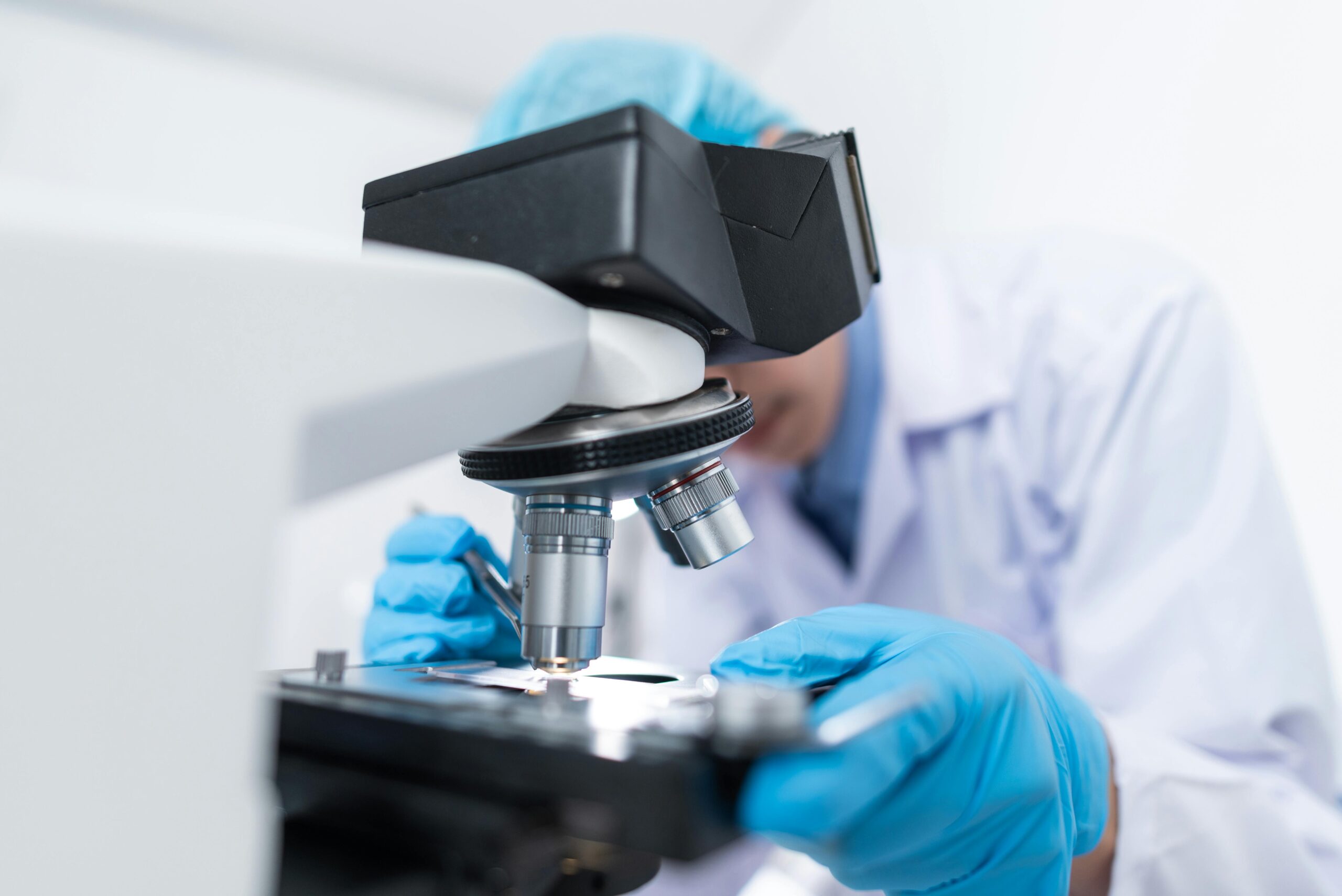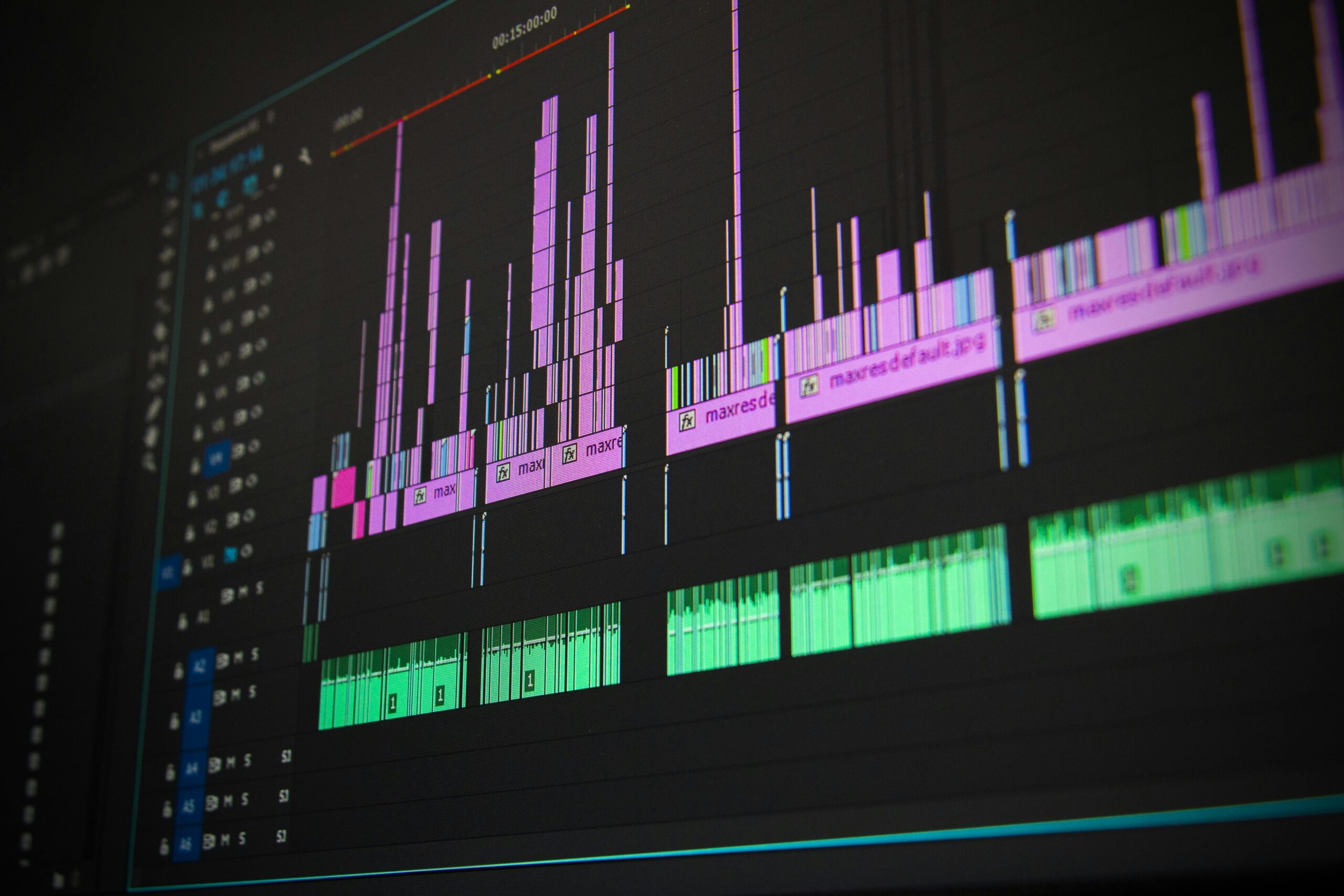The convergence of CRISPR gene-editing technology and synthetic biology is ushering in a new era of scientific possibilities that were once confined to science fiction.
These two revolutionary fields are not just complementary—they are synergistic, creating opportunities for transformative breakthroughs across medicine, agriculture, environmental conservation, and industrial biotechnology. As researchers continue to push the boundaries of what’s possible, we’re witnessing the birth of a biological revolution that promises to reshape our world in profound and lasting ways. The integration of precise genetic modification with the design principles of synthetic biology is opening doors to solutions for humanity’s most pressing challenges.
🧬 Understanding the Foundations: CRISPR and Synthetic Biology Explained
CRISPR-Cas9, often simply called CRISPR, represents one of the most significant scientific discoveries of the 21st century. This gene-editing tool allows scientists to make precise changes to DNA sequences in living organisms with unprecedented accuracy and efficiency. Unlike previous genetic engineering techniques that were time-consuming and imprecise, CRISPR functions like molecular scissors, cutting DNA at specific locations and allowing researchers to add, remove, or alter genetic material.
Synthetic biology, meanwhile, takes a different but complementary approach. This field applies engineering principles to biological systems, designing and constructing new biological parts, devices, and systems that don’t exist in nature. Think of it as programming living cells the way software engineers program computers—creating biological circuits that can perform specific functions on command.
When these two technologies merge, the result is a powerful platform for innovation. CRISPR provides the precision tools to edit genes, while synthetic biology offers the design framework to build entirely new biological systems from the ground up.
Breaking New Ground in Medical Therapeutics 💊
The healthcare sector stands to benefit enormously from the CRISPR-synthetic biology partnership. Researchers are already developing targeted therapies for previously untreatable genetic disorders, with several treatments entering clinical trials worldwide.
Gene Therapy Revolution
One of the most promising applications involves correcting disease-causing mutations directly in patients’ cells. Conditions like sickle cell disease, beta-thalassemia, and certain forms of inherited blindness are now within reach of cure rather than mere management. In 2023, the first CRISPR-based therapy received regulatory approval, marking a historic milestone in medicine.
Beyond single-gene disorders, scientists are engineering immune cells to better fight cancer. CAR-T cell therapy, enhanced with CRISPR modifications, has shown remarkable success in treating certain blood cancers. Synthetic biology adds another layer by programming these cells with sophisticated logic circuits that can distinguish between healthy and cancerous tissue with greater accuracy.
Personalized Medicine at Scale
The combination of these technologies is making personalized medicine more accessible. By understanding an individual’s genetic makeup, doctors can use CRISPR-based diagnostics to identify disease risks and synthetic biology to manufacture customized treatments. This approach transforms medicine from a one-size-fits-all model to truly individualized care.
Agricultural Innovation for Food Security 🌾
As the global population approaches 10 billion by 2050, food security becomes increasingly critical. The CRISPR-synthetic biology fusion offers powerful tools to develop crops that can feed the world sustainably.
Designer Crops with Enhanced Traits
Scientists are creating crops with multiple improved characteristics simultaneously—something nearly impossible with traditional breeding methods. These include:
- Drought-resistant varieties that thrive with less water
- Nutrient-enriched foods addressing malnutrition in developing regions
- Pest-resistant plants reducing the need for harmful pesticides
- Crops with extended shelf life minimizing food waste
- Plants that fix their own nitrogen, reducing fertilizer dependence
A particularly exciting development involves engineering photosynthesis itself. By optimizing this fundamental process, researchers aim to create crops that grow faster and produce higher yields while capturing more carbon dioxide from the atmosphere.
Sustainable Livestock Production
Animal agriculture is also being transformed. CRISPR enables precise genetic modifications that improve animal welfare while reducing environmental impact. Disease-resistant livestock, animals producing less methane, and even cellular agriculture—growing meat directly from cells without raising animals—are becoming reality through this technological convergence.
Environmental Solutions and Conservation Efforts 🌍
The environmental applications of CRISPR and synthetic biology extend far beyond agriculture, offering innovative approaches to some of our planet’s most urgent ecological challenges.
Bioengineered Solutions for Pollution
Synthetic organisms designed with CRISPR-modified pathways can break down plastic waste, absorb oil spills, and remove heavy metals from contaminated soil and water. Researchers have developed bacterial strains that consume polyethylene terephthalate (PET), the plastic used in bottles, converting it into harmless byproducts or even useful chemicals.
Other projects focus on carbon capture, engineering microorganisms and plants that sequester atmospheric CO2 more efficiently. These living carbon sinks could play a significant role in mitigating climate change while producing valuable biomaterials.
Species Conservation and De-Extinction
Conservation biology is leveraging these tools to save endangered species from extinction. Gene drives—CRISPR-based systems that spread specific traits through populations—could eliminate invasive species threatening native ecosystems or eradicate disease-carrying mosquitoes.
More controversially, some scientists are exploring de-extinction projects, using DNA from preserved specimens to potentially bring back extinct species like the woolly mammoth. While ethically complex, such endeavors demonstrate the extraordinary capabilities of combined CRISPR and synthetic biology approaches.
Industrial Biotechnology and Manufacturing 🏭
The industrial sector is experiencing its own biological transformation as companies recognize the potential of engineered organisms as microscopic factories.
Biomanufacturing Revolution
Synthetic biology enables the production of chemicals, materials, and fuels using engineered microorganisms instead of petroleum-based processes. This biological manufacturing offers several advantages:
- Lower carbon footprint compared to traditional chemical synthesis
- Production at ambient temperatures and pressures, reducing energy costs
- Renewable feedstocks like agricultural waste instead of fossil fuels
- Potential for distributed, decentralized production facilities
Companies are already producing synthetic spider silk stronger than steel, biodegradable plastics, sustainable jet fuel, and even lab-grown leather—all through CRISPR-optimized synthetic biology platforms.
Pharmaceutical Production
Many life-saving medications are difficult and expensive to produce through traditional chemistry. Engineered yeast and bacteria, programmed with synthetic pathways and optimized through CRISPR, can manufacture complex drugs including insulin, antibiotics, and cancer therapeutics more efficiently and affordably.
Ethical Considerations and Responsible Innovation ⚖️
With great power comes great responsibility, and the convergence of CRISPR and synthetic biology raises important ethical questions that society must address thoughtfully.
Governance and Regulation
Different countries approach regulation of these technologies differently, creating a patchwork of rules that can both slow innovation and create safety concerns. International cooperation is essential to establish frameworks that promote beneficial applications while preventing misuse.
Questions about germline editing—making heritable changes to human DNA—remain particularly contentious. While the potential to eliminate genetic diseases forever is appealing, concerns about unintended consequences, equity of access, and “designer babies” require careful consideration.
Biosafety and Biosecurity
As these technologies become more accessible, ensuring they aren’t misused becomes paramount. The same tools that could cure diseases could theoretically be weaponized. Robust biosafety protocols, security measures, and international monitoring systems are crucial components of responsible development.
Equitable Access and Justice
Ensuring that breakthroughs benefit all of humanity, not just wealthy nations or individuals, represents a significant challenge. Mechanisms for technology transfer, capacity building in developing countries, and addressing intellectual property concerns must be part of the innovation ecosystem.
The Current Landscape: Progress and Challenges 🚀
The field is advancing rapidly, with new discoveries and applications emerging regularly. However, significant challenges remain before the full potential of CRISPR-synthetic biology integration can be realized.
Technical Hurdles
Despite remarkable progress, off-target effects—where CRISPR cuts DNA at unintended locations—remain a concern requiring continued refinement. Delivering gene-editing machinery to the right cells in the body, especially for treating diseases affecting organs like the brain, presents logistical challenges.
Synthetic biology faces its own obstacles in predictability and standardization. Biological systems are complex, and engineered circuits don’t always behave as designed when introduced into living cells. Improving our fundamental understanding of cellular processes remains essential.
Scaling and Manufacturing
Moving from laboratory successes to industrial-scale production requires substantial investment and engineering expertise. Many promising applications remain economically unviable until manufacturing processes become more efficient and cost-effective.
Looking Forward: The Next Frontier of Innovation 🔮
The future promises even more dramatic advances as technologies mature and converge with other emerging fields like artificial intelligence, nanotechnology, and advanced computing.
AI-Driven Biological Design
Machine learning algorithms are already accelerating the design of synthetic biological systems, predicting which genetic modifications will produce desired outcomes. This computational approach dramatically reduces the trial-and-error traditionally required in biological research, potentially compressing years of work into months.
Programmable Living Systems
Researchers envision biological computers built from engineered cells, capable of sensing environmental conditions and responding with programmed behaviors. Such systems could serve as intelligent drug delivery vehicles, environmental monitors, or even living building materials that self-repair.
Space Exploration Applications
As humanity looks toward long-term space habitation, synthetic biology offers solutions for producing food, medicine, fuel, and building materials using minimal resources. CRISPR-modified organisms adapted to extreme conditions could terraform other worlds or sustain crews on extended missions.

Building a Bioengineered Future Responsibly 🌟
The revolutionary potential of CRISPR meeting synthetic biology represents one of the most exciting frontiers in modern science. From curing genetic diseases to feeding a growing population, from cleaning our environment to manufacturing sustainably, the applications seem nearly limitless.
However, realizing this potential requires more than technical prowess. It demands thoughtful consideration of ethical implications, inclusive dialogue about societal values, robust regulatory frameworks, and commitment to equitable access. Scientists, policymakers, ethicists, and the public must work together to guide these technologies toward benefiting all humanity while minimizing risks.
Education plays a vital role in this future. As these technologies become more powerful and accessible, improving scientific literacy helps society make informed decisions about how they should be deployed. Engaging diverse voices in conversations about biotechnology ensures that perspectives from different cultures, backgrounds, and value systems shape development trajectories.
The convergence of CRISPR and synthetic biology isn’t just revolutionizing science—it’s redefining what’s possible in our relationship with the living world. We stand at an inflection point where our species gains unprecedented ability to direct biological processes, not just observe them. How we choose to wield these tools in the coming decades will shape life on Earth for generations to come.
The promise is extraordinary: a world where genetic diseases are relics of the past, where food production sustains our planet rather than depleting it, where pollution is consumed by engineered organisms, and where biological manufacturing replaces polluting industrial processes. Achieving this vision requires continued innovation, careful stewardship, and unwavering commitment to using these powerful technologies for the common good.
As we venture into this brave new world of biological engineering, maintaining both excitement for possibility and humility about our limitations will serve us well. The revolution is underway, and the breakthrough solutions emerging from CRISPR and synthetic biology’s partnership may well define the 21st century as the era when humanity learned not just to read the code of life, but to write it responsibly and creatively for limitless innovation.
Toni Santos is a biotechnology storyteller and molecular culture researcher exploring the ethical, scientific, and creative dimensions of genetic innovation. Through his studies, Toni examines how science and humanity intersect in laboratories, policies, and ideas that shape the living world. Fascinated by the symbolic and societal meanings of genetics, he investigates how discovery and design co-exist in biology — revealing how DNA editing, cellular engineering, and synthetic creation reflect human curiosity and responsibility. Blending bioethics, science communication, and cultural storytelling, Toni translates the language of molecules into reflections about identity, nature, and evolution. His work is a tribute to: The harmony between science, ethics, and imagination The transformative potential of genetic knowledge The shared responsibility of shaping life through innovation Whether you are passionate about genetics, biotechnology, or the philosophy of science, Toni invites you to explore the code of life — one discovery, one cell, one story at a time.



